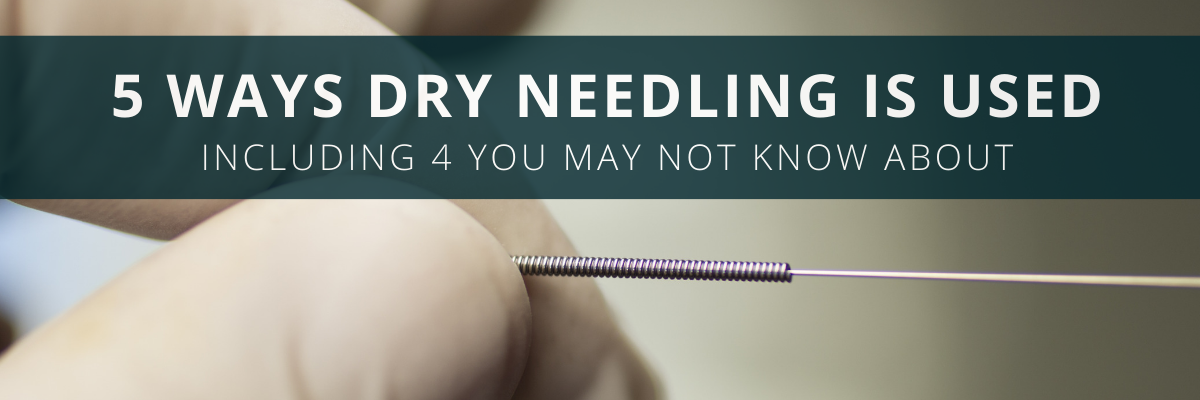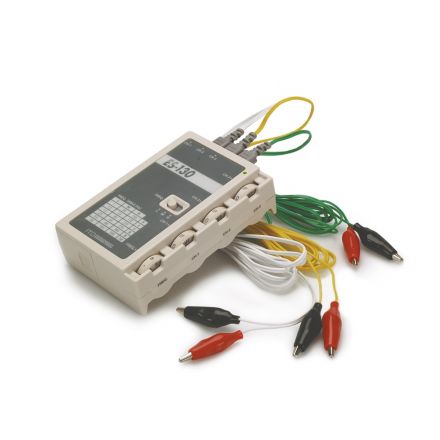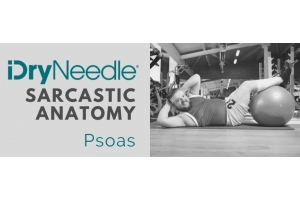

Dry needling has become mainstream enough in physical therapy, chiropractic, and sports medicine that most people have heard of it, if not experienced it firsthand. But even as this nascent modality has become more established in the rehab space, the dry needling narrative has seemingly been limited by a hyperfocus on trigger point methodology. Don’t get me wrong, I appreciate the needle’s ability to improve sarcomere excursion, thereby positively impacting local blood flow, tissue nutrition, and electrical potential – but I also feel this overwrought portrayal has somewhat limited the technique’s utility in the public eye. So let’s take a deeper look into some dry needling applications you may not have initially considered.
And I’m a list guy, so here I give you “4 things” you may not have considered using dry needling for... And 1 you probably have.
1. Spasticity and neuro management.
I dwell squarely in the sports performance realm, so I don’t pretend to speak from a position of expertise here. But especially in recent years, the quality and amount of dry needling research in the post-stroke spasticity realm has increased significantly. Diagnoses originally considered contraindicated, are seeing promising results in some of these populations -- and some of these results are lasting longer than you’d think!
Dry needling for the treatment of poststroke muscle spasticity: a prospective case report
2. Acute injury management.
Think ankle sprains and muscle strains. Needling acute injuries is somewhat taboo in certain camps, and I hope it’s obvious to say this is a big “it depends” topic. It depends on the muscle or joint affected, grade of injury, patient health and lifestyle, but it also very much depends our treatment goals. If treatment goals include edema evacuation, blood flow improvements via the sympathetic nervous system or mitigating any orthopedic fallout from altered mechanics – I think there is merit to using dry needling.
3. Post-competition recovery.
Interestingly, this clinical aspect probably has the least amount of substantiating research, but is quite possibly the most common usage in elite athletic populations. Needling has gained some of the most traction in athlete populations like triathletes, crossfitters, team sports, and has been a mainstay in professional sports and the military for decades. Empirical, yes. But a stance with an enormous sample size that has stood the test of time.
4. Improving muscle performance.
Despite all of the scientific data we have on muscle recruitment latency, EMG changes, and even torque production improvements – most people who have had needling done appreciate there is post-treatment soreness involved and would not suspect an immediate improvement in muscle function. A recent study in IJSPT found the opposite, when the group of collegiate participants observed an immediate increase in their vertical jump following dry needling to gastroc and soleus. The same group saw statistically significant changes in deep squat performance following dry needling.
5.Pain relief (the one you probably knew already)
Think back pain, neck pain, headaches, hip pain, knee pain, shoulder pain, upset stomach, and diarrhea. Kidding about the last two, but you get the idea. This is the most obvious, because it is likely the main reason people seek out dry needling in the first place. There is plenty of research regarding dry needling being efficacious for chronic pain and even “noninferior” (literally how it was stated) to cortisone injection for hip pain or plantar fasciitis. All that said, hopefully the pendulum is swinging towards less opioid use and more judicious surgical intervention, which means any alternative methods for pain relief, such as dry needling, are that much more valuable.
If this abbreviated list of therapeutic benefits to dry needling is more obivous to you than the title teased...I think that's a good thing! That means the application and rationale to dry needling has expanded beyond myofascial pain and gross flexibility.
How do you use dry needling? We'd love to hear! Leave a comment or share and post your clinical concepts.
Thanks for reading,
Paul Killoren PT, DPT
Want to keep up on all of the current dry needling research, legislative updates, products, and trends?! Give us a FOLLOW on Instagram or Facebook (@iDryNeedle), or Twitter (@USDryNeedling)!












